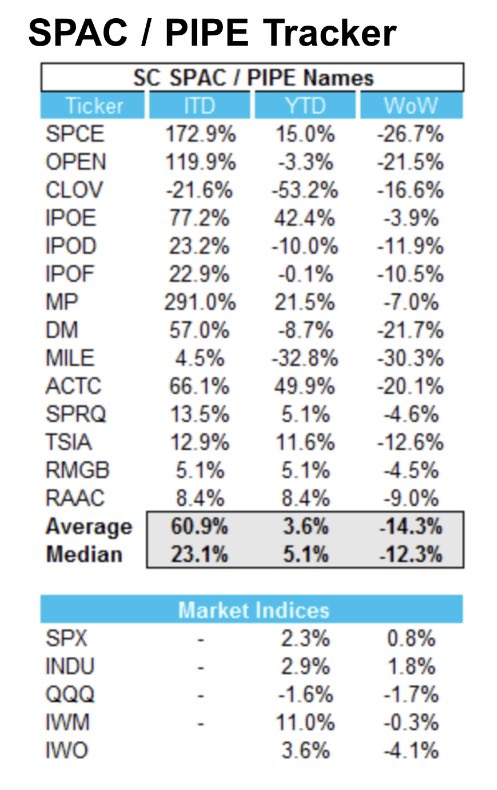
Here is something I learned today:
1. 1979 was peak inflation. It was also when the gap between rich and poor was the smallest.
2. It was preceded by a big wealth inequality b/w rich and poor like today.
3. Solution started in late 1960s with LBJs war on poverty.
1. 1979 was peak inflation. It was also when the gap between rich and poor was the smallest.
2. It was preceded by a big wealth inequality b/w rich and poor like today.
3. Solution started in late 1960s with LBJs war on poverty.
4. By investing aggressively in infrastructure, social programs and an economic safety net he evened the starting line.
5. As “poor” started to earn more, they spent more, driving commodities and inflation.
6. The “rich” did less well because financial assets were worth less.
5. As “poor” started to earn more, they spent more, driving commodities and inflation.
6. The “rich” did less well because financial assets were worth less.
7. Gap between “rich” and “poor” closed aggressively.
8. Big realization for me is government spending leads the way not private/capital markets.
9. In last month we’ve decided to spend $1.9T + $3T!!
8. Big realization for me is government spending leads the way not private/capital markets.
9. In last month we’ve decided to spend $1.9T + $3T!!
Fast forward to today and the same situation is at hand. Is Biden a quasi LBJ? Will he spend aggressively enough?
Early data seems to indicate so. And that these initiatives will help “poor” more than the “rich”.
If inflation comes back, inequality gap will shrink.
Early data seems to indicate so. And that these initiatives will help “poor” more than the “rich”.
If inflation comes back, inequality gap will shrink.
It may also be an effective way for Dems to guarantee winning the House + Senate in the midterms in 2022.
He who spends will win.
So buckle up. More money is likely coming. Inflation is probably coming, too. But less inequality will also come with it.
🌈 #TheMoreYouKnow
He who spends will win.
So buckle up. More money is likely coming. Inflation is probably coming, too. But less inequality will also come with it.
🌈 #TheMoreYouKnow
• • •
Missing some Tweet in this thread? You can try to
force a refresh






